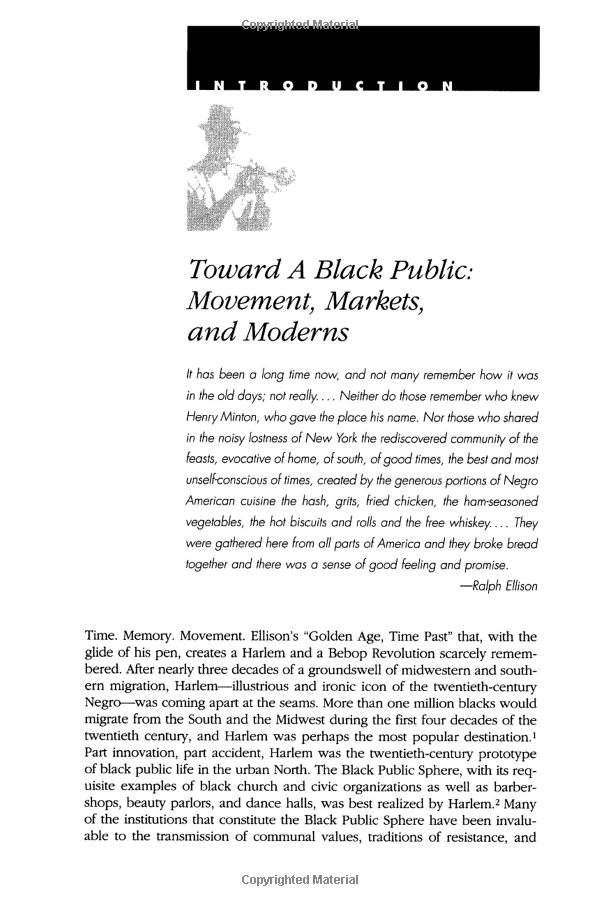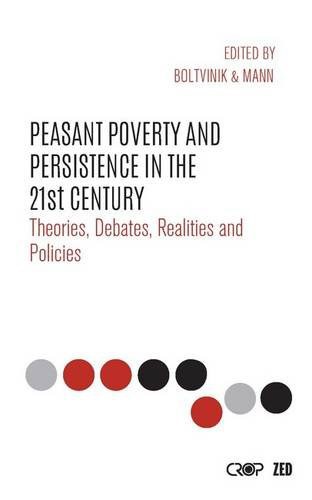The Controversy Surrounding Black Pete: Understanding Cultural Sensitivity and Historical Context
#### Introduction to Black PeteBlack Pete, known as "Zwarte Piet" in Dutch, is a character traditionally associated with the celebration of Saint Nicholas i……
#### Introduction to Black Pete
Black Pete, known as "Zwarte Piet" in Dutch, is a character traditionally associated with the celebration of Saint Nicholas in the Netherlands. This figure is typically portrayed as a black-faced servant who accompanies Saint Nicholas, bringing gifts to children during the festive season. However, in recent years, Black Pete has become a subject of intense debate and controversy, raising questions about cultural sensitivity, racism, and the evolution of traditions.
#### The Historical Background of Black Pete
The origins of Black Pete can be traced back to the 19th century. Initially, he was depicted as a Moorish servant, reflecting the colonial attitudes of the time. As the character evolved, he became a staple of Dutch Christmas celebrations, often characterized by exaggerated features, bright red lips, and curly hair. The traditional portrayal was meant to be humorous and entertaining, but it has increasingly been viewed through the lens of modern values regarding race and representation.
#### The Modern Controversy

In recent years, the portrayal of Black Pete has sparked significant backlash. Critics argue that the character perpetuates negative stereotypes and racial caricatures, reminiscent of blackface performances that have a painful history in many cultures. Activists and social commentators have called for a reevaluation of the character, suggesting that it is time to adapt traditions to reflect contemporary values of inclusivity and respect.
#### Public Reactions and Changes
The debate surrounding Black Pete has led to a divide in public opinion. Some individuals staunchly defend the tradition, arguing that it is an integral part of Dutch culture and should not be altered. Others advocate for change, emphasizing the need for cultural sensitivity and understanding the impact of historical representations on marginalized communities.
In response to the criticism, some municipalities and organizations have begun to modify the character's appearance. These changes include altering the makeup used for Black Pete, shifting from blackface to other interpretations, such as colorful costumes and less stereotypical features. This effort aims to preserve the festive spirit of the celebration while addressing concerns about racism and cultural appropriation.

#### The Role of Media and Education
Media coverage has played a crucial role in shaping public discourse around Black Pete. Documentaries, articles, and social media campaigns have highlighted the perspectives of those who feel marginalized by the character's portrayal. Educational initiatives have also emerged, aiming to inform younger generations about the historical context of Black Pete and the importance of cultural sensitivity.
#### Conclusion: A Path Forward
As society continues to grapple with issues of race and representation, the future of Black Pete remains uncertain. The ongoing dialogue reflects a broader trend of reevaluating cultural traditions in light of contemporary values. Finding a balance between preserving heritage and promoting inclusivity is essential for fostering understanding and respect among diverse communities.

In conclusion, the discussion surrounding Black Pete is emblematic of the challenges faced when confronting historical narratives and cultural practices. By engaging in open conversations and considering the perspectives of all individuals involved, it is possible to navigate these complex issues while honoring both tradition and progress. The journey toward a more inclusive celebration of Saint Nicholas will undoubtedly continue, as society strives to create a more equitable future for all.